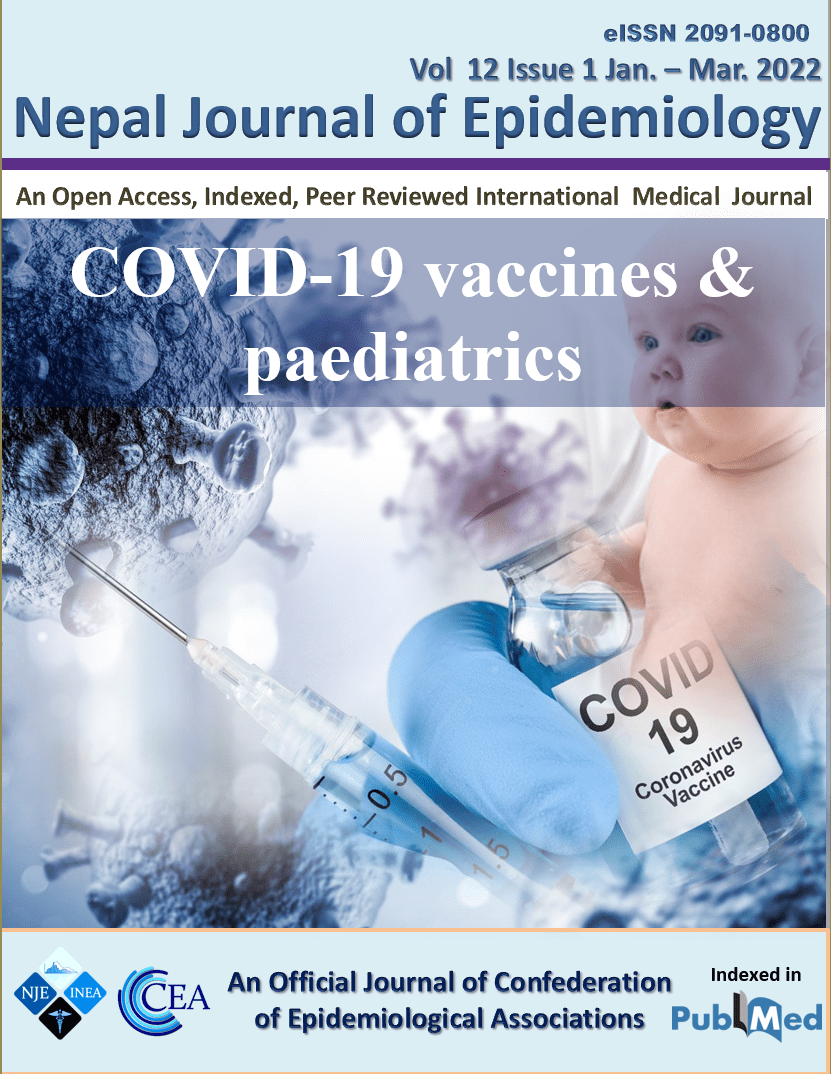The Growing Importance of Mixed-Methods Research in Health
DOI:
https://doi.org/10.3126/nje.v12i1.43633Keywords:
Epidemiologic Study Characteristics, Research Design, Qualitative ResearchAbstract
This paper illustrates the growing importance of mixed-methods research to a wide range of health disciplines ranging from nursing to epidemiology. Mixed-methods approaches requires not only the skills of the individual quantitative and qualitative methods but also a skill set to bring two methods/datasets/findings together in the most appropriate way. Health researchers need to pay careful attention to the ‘best’ approach to designing, implementing, analysing, integrating both quantitative (number) and qualitative (word) information and writing this up in a way that enhances its applicability and broadens the evidence-based practice. This paper highlights the strengths and weaknesses of mixed-methods approaches as well as some of the common mistakes made by researchers applying mixed-methods for the first time.
Downloads
Downloads
Published
How to Cite
Issue
Section
License
Copyright (c) 2022 CEA & INEA

This work is licensed under a Creative Commons Attribution 4.0 International License.
- Upon acceptance Copyright on any research article is transferred in full to the Confederation of Epidemiological Associations (CEA) and International Nepal Epidemiological Association (INEA). The copyright transfer includes the right to reproduce and distribute the article in any form of reproduction (printing, electronic media or any other form).
- Articles in the Nepal Journal of Epidemiology are Open Access articles published under the Creative Commons CC BY License (https://creativecommons.org/licenses/by/4.0/)
- This license permits use, distribution and reproduction in any medium, provided the original work is properly cited.




